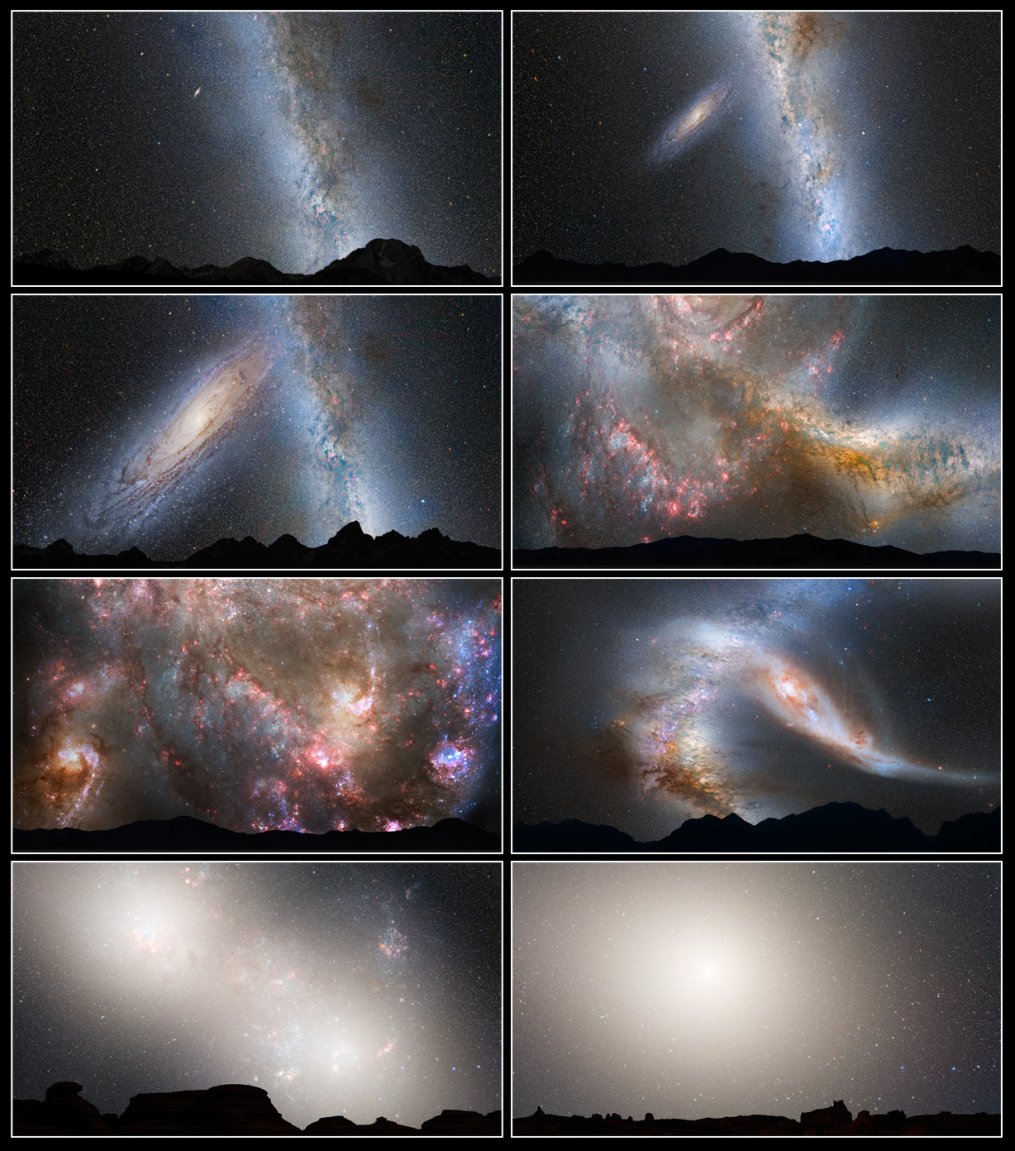

As you may have heard, here in about 5 billion years, the Milky Way won’t exist as a singular entity anymore. Rather, as we speak, the Andromeda Galaxy — the Milky Way’s largest neighbor, which currently lurks more than 1,500,000 light-years away from Earth — is slowly inching its way toward us, and the two will eventually become one.
Once that day arrives, Earth will probably be a smoldering pile of ash — having been gobbled up by the Sun a billion years (or so) before — but if humanity manages to survive by relocating elsewhere, the view will be rather fantastic.
On the surface, Andromeda’s current flight path toward our home galaxy poses a bit of a conundrum: if the universe is expanding as astronomers say, surely Andromeda, like everything else (the Moon included) would be moving away from us. Why is the opposite true?
WATCH: “Why Is Andromeda Coming Towards Us?”
